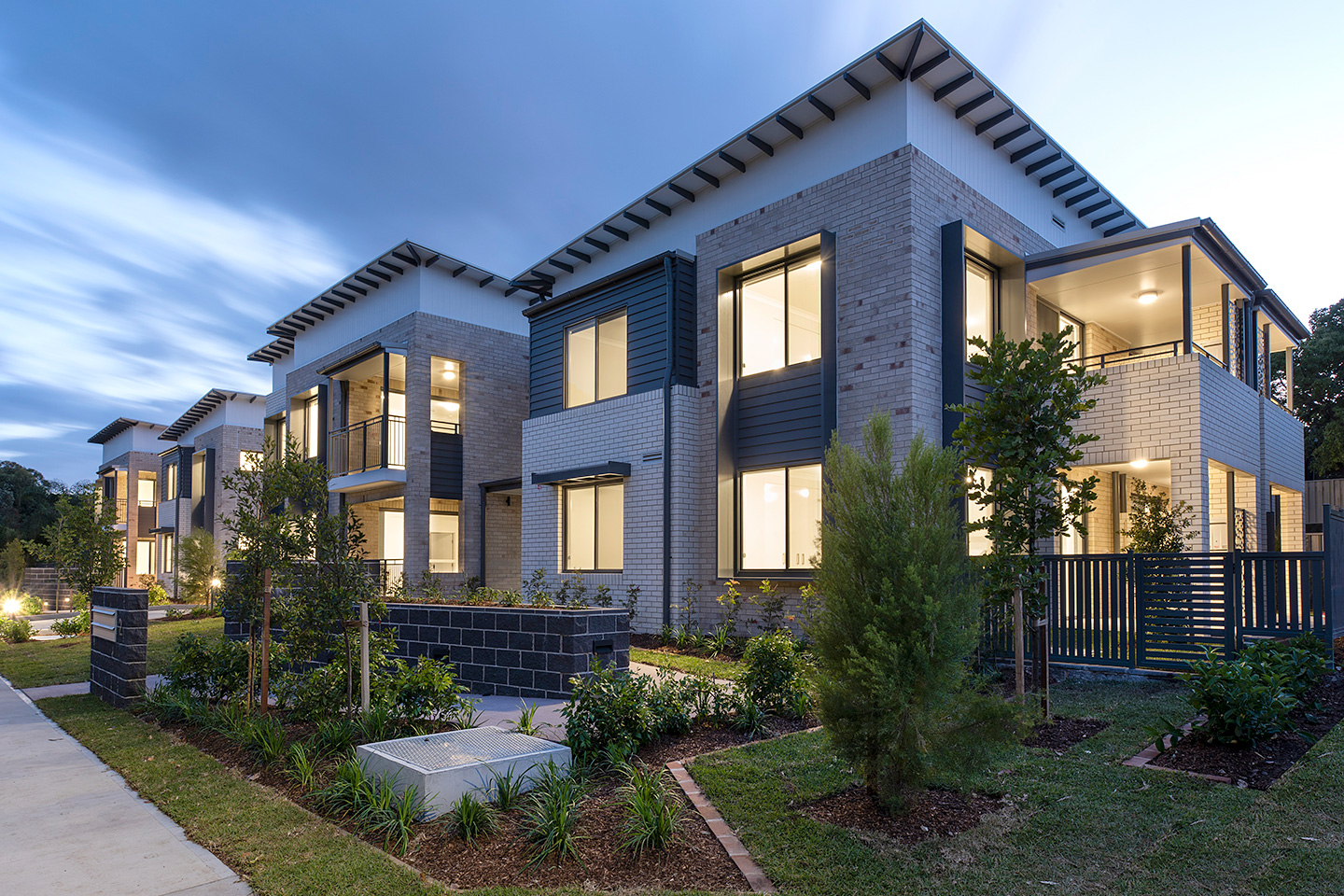jamilaonus7860
jamilaonus7860
Evaluating TPG RE Finance Trust’s 10.5% Dividend Yield Amid CRE Market Uncertainty

The business property (CRE) market is at a crossroads. With increasing interest rates, economic unpredictability, and sector-specific vulnerabilities (e.g., office and hotel residential or commercial properties), financiers are scrutinizing high-yield options like TPG RE Finance Trust (TRTX) more carefully. TRTX, a non-traded REIT focused on industrial mortgage loans and debt instruments, uses a compelling 10.5% dividend yield-a plain contrast to the sector average of ~ 6.6%. But can this yield make it through a possible CRE correction? Let’s dissect the dangers and opportunities.
The High-Yield Appeal of TRTX

TRTX’s 10.5% yield is amongst the most appealing in the REIT area, especially for income-focused financiers. This yield is underpinned by its organization model: unlike standard property-owning REITs, TRTX operates as a finance REIT, originating and servicing commercial mortgages. This structure permits it to create steady cash flows from interest earnings, even as residential or commercial property worths vary.
However, the yield’s sustainability depends upon TRTX’s capability to maintain revenues. Its dividend payment ratio of 147.7% (as of 2023) is a double-edged sword. While slightly above the Real Estate sector average of 146.4%, it is far lower than peers like Oaktree Specialty Lending (349.1%) and OFS Capital (178.9%). This recommends TRTX is relatively conservative in its payment method, but the ratio still indicates the business is distributing more in dividends than it earns-raising warnings for long-term sustainability.
Navigating CRE Risks: A Resistant Portfolio?
TRTX’s direct exposure to the CRE market is both its strength and its vulnerability. As of Q2 2025, its loan portfolio grew 15% quarter-over-quarter, with 100% of loans performing (i.e., no defaults). The weighted typical danger rating of 3.0 (on a 1-5 scale, with 1 being highest threat) shows disciplined underwriting. Notably, the portfolio is skewed towards multifamily and commercial sectors, which have shown strength in the middle of broader market stress.
Multifamily need remains robust due to a housing supply crunch and raised loaning costs for house owners. Industrial realty, meanwhile, take advantage of e-commerce development and supply chain reconfiguration. TRTX’s CEO, Doug Bucard, has highlighted these sectors as “defensive” plays, contrasting them with having a hard time segments like office and hotel residential or commercial properties.
Yet, a CRE correction might still test TRTX’s defenses. The business’s CECL reserve rate (a measure of anticipated credit losses) fell to 176 basis points in Q2 2025, down from 199 basis points. While this signals confidence in the portfolio’s credit quality, it likewise recommends decreased buffers against prospective recessions. If loan defaults rise, TRTX might require to increase reserves, squeezing incomes and threatening dividend coverage.
Liquidity and Leverage: A Conservative Balance Sheet
TRTX’s monetary position is a crucial aspect in its capability to weather a correction. The company maintains $236.4 million in liquidity (consisting of $165.9 million in money) and a debt-to-equity ratio of 2.6 x, well listed below its leverage capability and peer averages. This liquidity allows TRTX to recycle capital into brand-new investments or bought shares, as seen in Q2 2025 when it spent $12.5 million to redeem 1.7 million shares.
Moreover, 95% of TRTX’s liabilities are non-mark-to-market, indicating its financing costs are less sensitive to interest rate volatility. This is a substantial advantage in a rising-rate environment, where mark-to-market liabilities can erode revenues. The REO (Real Estate Owned) portfolio has actually likewise been lowered to 5% of overall properties, with a lot of residential or commercial properties in multifamily-a sector with strong resale capacity.
Dividend Sustainability: A Calculated Risk
TRTX’s dividend is totally covered by Distributable Earnings in the short-term. For Q2 2025, it produced $0.24 per share in profits, matching its quarterly dividend. However, the 147.7% payout ratio suggests the business is relying on cash circulation smoothing or possession sales to keep the payment. For instance, TRTX sold two REO residential or commercial properties in Q2 2025, generating a $7 million GAAP gain that reinforced liquidity.
The obstacle lies in sustaining this design. If loan payments slow or brand-new originations decline throughout a correction, TRTX might have a hard time to replace money circulation. Additionally, its 5-year dividend development rate is unfavorable (-2.80%), indicating an absence of upward momentum. While the existing yield is luring, financiers should weigh the risk of a dividend cut if earnings fail.

TRTX as a High-Yield Alternative to Traditional REITs
TRTX’s business design diverges from traditional REITs, which own and operate physical residential or commercial properties. Instead, it works as a business loan provider, making interest earnings from mortgages. This structure uses two benefits:
1. Less direct exposure to residential or commercial property worth decreases: TRTX’s returns are connected to loan efficiency, not asset appreciation.
2. Higher yield capacity: Finance REITs often trade at bigger discount rates to book worth (TRTX is at a 25% discount), producing upside if the marketplace revalues its possessions.
However, this model also presents risks. TRTX’s incomes are sensitive to rates of interest spreads and borrower defaults. In a deep correction, its yield might become a liability if losses exceed earnings.
Investment Thesis: A High-Risk, High-Reward Play
TRTX’s 10.5% yield is a siren tune for income financiers, but it features caveats. The company’s disciplined portfolio management, conservative leverage, and concentrate on resilient sectors (multifamily, industrial) supply a buffer against a moderate correction. However, its high payout ratio and lack of earnings growth make it a speculative bet in a severe slump.

For investors:
– Buy if you’re comfortable with high yield and have a medium-term horizon (2-3 years). TRTX’s liquidity and strategic positioning in protective sectors could permit it to weather a moderate correction.
– Avoid if you focus on dividend stability or have a short-term horizon. A deeper recession could require a dividend cut, deteriorating income and capital.
Conclusion
TPG RE Finance Trust’s 10.5% dividend yield is a standout in the REIT universe, but its sustainability depends upon TRTX’s capability to browse a prospective CRE correction. While the company’s conservative balance sheet and sector focus offer some defense, its high payout ratio and absence of incomes growth stay threats. For those willing to accept the volatility, TRTX might deliver outsized returns-but just if the CRE market avoids a severe recession.
Final Note: Always conduct due diligence and consider your threat tolerance before investing in high-yield alternatives like TRTX. The present yield is attracting, however it’s a bet on the company’s capability to exceed a delicate market.



